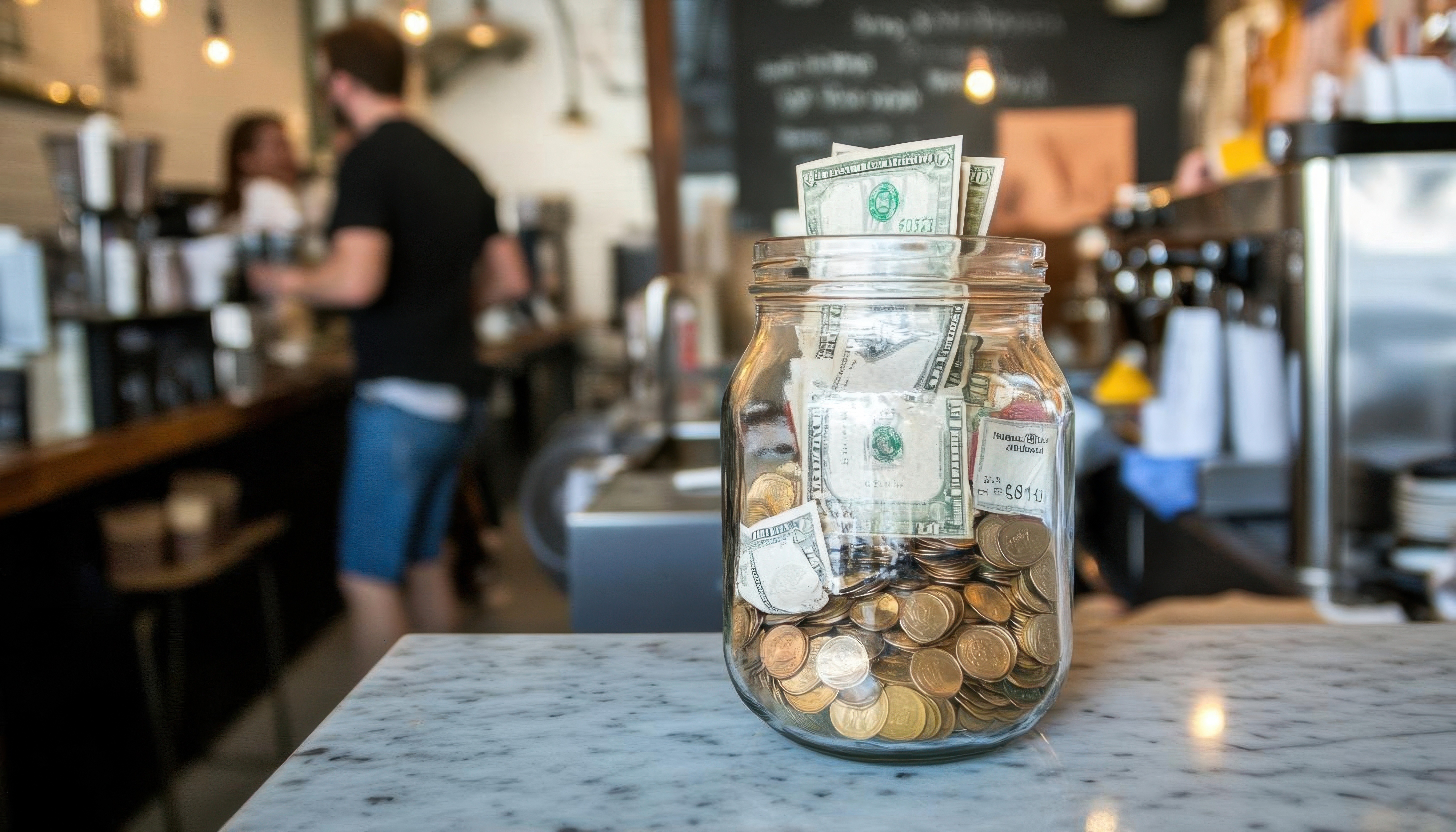How To Reduce Food Safety Hazards During Delivery
The food delivery business is one of the fastest growing sectors in today’s food industry. It was estimated to be worth over $115 billion in the year 2021 and is set to grow to a whopping $126 billion by the end of 2022.
Advancing technology—coupled with the genuine dangers of a pandemic-ridden world—has fast-tracked the food delivery business into one of the most profitable aspects of any food establishment today.
But as food establishments scramble to compete in the post-pandemic delivery landscape, the risk of safety hazards in this industry has also increased. And in this blog post, we’ll see what you can do to reduce that risk.
What Are the Safety Hazards Seen in Food Delivery?
The most common hazards found in the food delivery business today are biological, physical and alarmingly, allergens.
1. Biological Hazards
Biological hazards are believed to be one of the most dangerous food hazards out there. They can cause a range of food-borne illnesses, which affect over 600 million people globally. To put this into perspective, that’s 1 out of every 10 people.
In cases of food delivery, the possibility of a food product staying at room temperature for long periods always remains. This allows pathogens to proliferate and increases the risk of foodborne illnesses.
So how do you protect your customers from biological hazards in the food delivery industry?
Well, the most effective way of preventing pathogenic contamination of a food product is by implementing effective temperature control methods.
Effective temperature control can be achieved through the use of temperature maintenance tools like:
- Temperature-controlled delivery boxes
- Freezer boxes
- Food-safe cold gel packs
Temperature-controlled delivery boxes being used by food delivery
2. Food Allergies
Food allergies are quite common. It is estimated that over 10% of American adults suffer from a food allergy, and this number only seems to be increasing.
An allergic reaction to a food particle can quickly become severe. The severest form of this reaction is called an anaphylactic shock, which is fatal unless treated immediately. This is why food allergies are considered a significant food safety risk.
A few effective ways to deal with food allergies during food delivery are:
- Customer Preferences: Speak to the customer beforehand about their food allergy concerns and collect as much information as possible. This can be done through a food allergen chart and hiring a good team with trained food handlers for your restaurant.
- Use of Separate Packaging: Using separate transportation bags and/or boxes for food products with potential allergens can help alert and protect customers against allergic reactions.
An example of a food allergen chart
3. Physical Hazards
Physical hazards are described as potentially harmful physical contaminants that are unwanted in food products.
In the case of food delivery, a major source of a physical hazard is the packaging itself. For example, damaged plastic covers could introduce plastic slivers into the food that could eventually find their way to the customer.
There have also been cases where loose nuts and bolts have been found in food because it was being transported in damaged packaging and unfit transport vehicles.
So how can you avoid physical hazards when delivering food? Some methods are:
- Tamper-Proof Seals: These can be applied to food packaging to make it obvious if the package has been opened before delivery. This will ensure that the customer knows that the food has not been tampered with and is safe to eat.
- Multi-Layered Packaging: This refers to the practice of packaging food in multiple layers, with each layer serving a different purpose. For example, one layer could be to protect the food from external physical hazards, while another layer could be to keep it fresh. This type of packaging is often used for products that are sensitive to temperature changes, such as chilled or frozen food.
Tamper-proof seals guarantee safe food for customers
It’s also important that the packaging material is made of food-safe material. Otherwise, dangerous chemicals could leach into food, causing direct harm to your customers.
Other Benefits of Safe Food Packaging
The benefits of safe food packaging go beyond food safety risk prevention, such as:
- Marketing & Customer Satisfaction: Safe and effective food packaging plays a major role in satisfying customers and increases the likelihood that they’ll recommend the restaurant to friends and family.
- Food Quality: Food quality depends on sensory factors, such as crunch, smell, and appearance. These qualities can be kept pristine with the right kind of food packaging.
- Sustainability: Consumers today are more aware than ever, and many of them are taking steps to reduce their carbon footprint. The perfect way for food businesses to contribute to a greener environment—and appeal to environment-conscious customers—is through the use of biodegradable food packaging and cutlery.
The Ever-Growing Importance of Safe Food Delivery
Biological, allergen, and physical hazards are a real concern when it comes to food delivery, but there are ways to prevent them. By being aware of these risks and taking the necessary steps to mitigate them, you can ensure that your customers receive safe, high-quality food.
Plus, remember that the benefits of safe and effective packaging go beyond food safety.
Safe packaging can also improve your marketing and customer satisfaction, as well as the quality and sustainability of your food business. This is especially important in today’s pandemic-ridden world, where more and more customers expect door-to-door food services.




